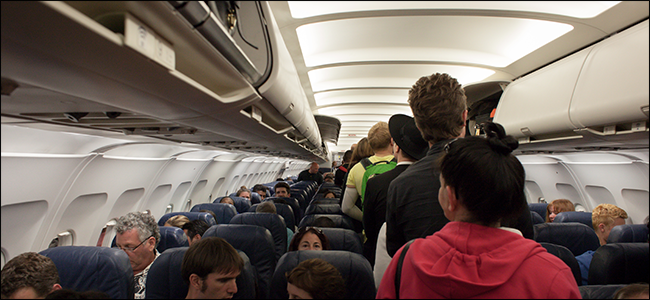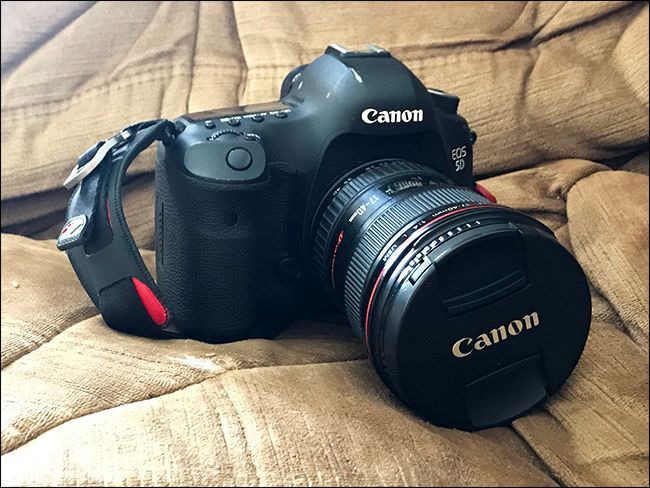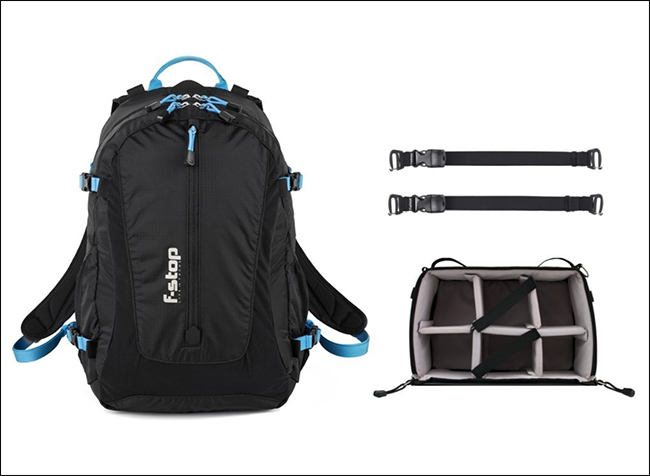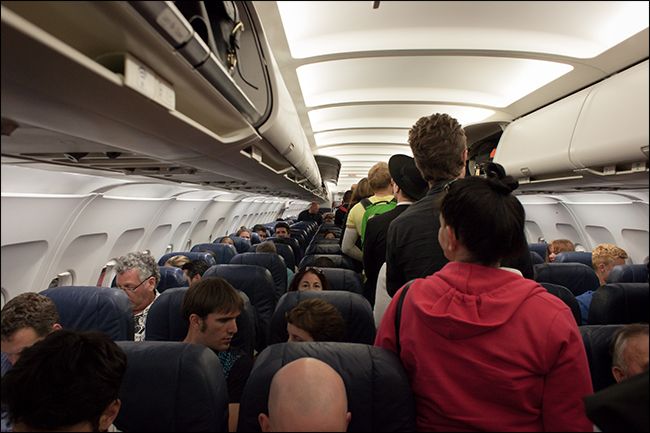Quick Links
Travelling with your camera gear can be a difficult time for photographers; just ask Michelle Frankfurter, who recently lost $13,000 worth of gear after her carry on was gate checked on an American Airlines flight. There are just so many ways your gear can get broken or go missing. Let’s look at how to travel with your gear as safely as possible.
Don’t Bring More Than You Need
While it’s tempting to cram every lens you own into your bag just in case you need it, it’s a terrible idea. The less gear you have with you, the less you will have to look after and the easier it will be to keep everything safe. Only bring the gear you need.
Before you go, honestly think about the kind of things you’re planning to photograph. If you’re going on a city break, bring what you need to get some street photos. Off on an outdoors trip? Take a wide-angle lens and shoot some landscapes. In either case, leave the big telephoto at home. Limits are even good for your photography.
My go to travel set up is my Canon EOS 5D Mark III and a 17-40mm f/4L. It’s flexible enough to shoot everything from landscapes to environmental portraits and a simple one lens set up is the easiest thing to look after. If I’m only going for a few days, I don’t even bring my battery charger.
Keep It In Your Carry On
Never ever put your camera gear in your checked luggage when you’re flying. If you’re a professional who’s travelling for work with a multi-camera set up in locked Pelican cases, it’s one thing, but for 99% of people, it’s an absolute no-no.
You can travel with your camera sitting loose in any old backpack but it’s asking for trouble. Instead, I’d recommend you get a camera bag with a removable camera storage compartment that’s smaller than 15 x 12 x 8 inches so that it qualifies as “a personal item” on pretty much every airline without you having to argue your case. This way, your gear is safe in your bag and, if you’re forced to gate check your bag (more on that later) or put your bag in storage under a bus, you’ll be able to remove your camera gear and keep it under the seat in front of you.
My go to travel bag is my f-stop Ajna (it seems to be unavailable at the moment) with a Small Pro ICU. For most people, I’d recommend the f-stop Guru UL 25 L Bundle or the Loka UL 37 L Bundle if you need something bigger. As long as you don’t stuff them too full, they’ll meet most airlines carry on baggage requirements without difficulty, and the ICUs will qualify as personal items.
Avoid Getting Your Bag Gate Checked When You Fly
Having your bag get gate checked is almost as bad as just having it checked to being with. It’s still going to get tossed around by airport staff who don’t know or care what’s in it. While sometimes it’s unavoidable, here’s how to give yourself the best shot at getting your carry on bag on with you.
Obey the Rules: The reason gate checking has become so common is that people are starting to stretch what counts as acceptable cabin baggage. If your bag is pushing the limits of what’s allowed (or blatantly over them), you’re far more likely to be pulled aside and asked to gate check your bag. Check the limits for the airline you’re flying with and stick to them as best you can. Camera gear is heavy so you might go over the weight limit, but don’t go over the size limits.
Get Priority Boarding: If you’re one of the first people on the plane, you’re almost certainly guaranteed a space in the overhead bins. On the other hand, if you’re dead last, your bag is going in the hold whether you like it or not. In almost all cases, if you’re travelling with your camera gear, it’s worth paying the extra to upgrade to Priority Boarding (or whatever the airline calls it); it’s normally about $10 per leg.
Explain Your Situation: Most airline staff are incredibly helpful people. If you’re polite and friendly while you explain that you’re flying with your precious camera gear, they’re much more likely to help you out. The few times I’ve been asked to gate check my bag, I’ve just shown them what’s in it, explained how worried about it I am, made puppy dog eyes, and said please a lot; it’s worked every time.
Take Your Camera Gear As a Personal Item: I explained this above but it’s worth repeating. If they’re absolutely insistent that you gate check your bag, take your camera storage compartment out of the bag, and carry it as your personal item. If your camera is sitting loose, wrap it in a jacket and try to claim this as your personal item; better yet, travel with a packable bag like this one from OutdoorMaster that you can use in a pinch.
Keep Your Bag In Sight
Like most people, you probably try to put your carry on bag in the compartment directly above your seat; it’s the closest one after all. Even with it that close to you, though, you still can't actually see it at all times. Sam Hurd found this out when another passenger simply walked off with $20,000 of his camera gear.
When you fly or travel by train, the best place for your carry on bag is on the other side of the plane, a row ahead. This way you can easily keep an eye on it. This is true whether or not your camera is in it.
If you’re travelling by bus and your bag is under the bus, get off at every stop and keep an eye on it. It’s a pain, but it’s worth it.
Get Your Gear Insured
Despite your best efforts, there are still ways your gear can come to harm while you travel. A careless passenger could drop your carry on bag moving it to get to their bag, someone could take your gear in the security line by mistake while you get patted down, or any of a million other conceivable situations that are outside your control. The only protection then is a good insurance policy.
Your camera gear, depending on how much it’s worth, can probably be covered by a normal travel insurance policy. Just make sure that the single item limit is high enough to cover your camera and each lens, and that you’re covered for accidental damage, theft, and loss. If you have a lot of gear—or just very expensive gear—you’ll need a specific photographers policy.
The one thing insurance won’t cover is the contents of your memory cards. If you’re worried about what’s on them, on the return trip, take them out of our camera and carry them on your person.
Travel and photography go hand in hand. There’s no point going on a great trip without your camera. Now you know how to keep it as safe as possible.
Image Credits: Photo by Chris Brignola on Unsplash.




